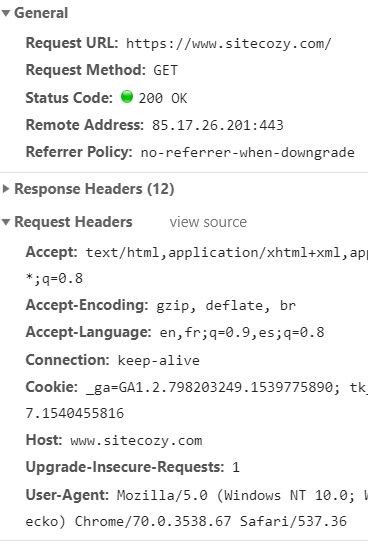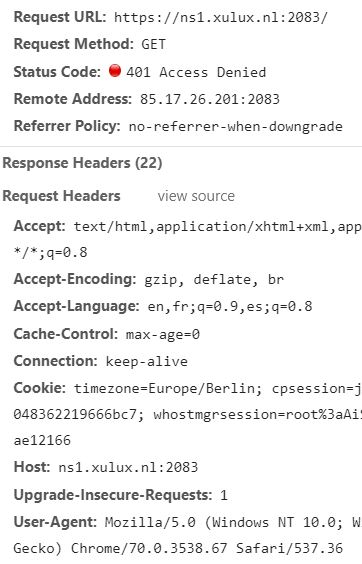Say I make an HTTP request to: foosite.com but the port I actually send the request to is 6103 and I DON'T put that port in the Host header for example:
GET /barpage HTTP/1.1
Host: foosite.com
Method: GET
Should http server then recognize that I'm trying to talk to it on port 6103? Or since it was omitted in the request header am I gambling on if the server actually recognizes this?
I ask that question to say this: I've found that browsers, at least firefox + chrome, put the port in the Host header. But the Java app I'm using does not. And when the port is not passed in the Host the server responds back thinking I'm on port 80. So who do I need to badger? The server operator, or the Java programmer?


